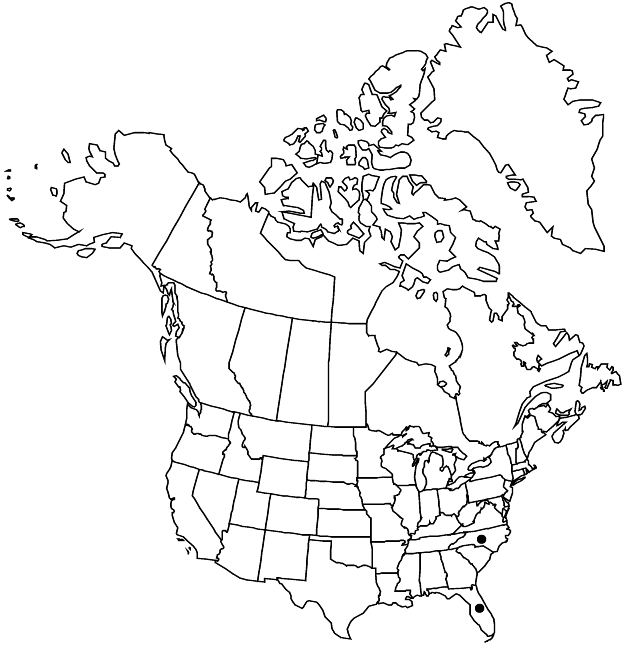Rumex fascicularis
Bull. Torrey Bot. Club 22: 367, plate 246. 1895.
Plants perennial, glabrous, with vertical rootstock [and, according to Rechinger f. (1937), with fusiform-incrassate root fibers]. Stems ascending or decumbent, usually producing axillary shoots below 1st-order inflorescence or at proximal nodes, 50–60(–70) cm. Leaf blades with lateral veins forming angle of ca. 80° with midvein especially near base, ovate or ovate-elliptic, 10–25 × 4–12 cm, usually ca. 2 times as long as wide, fleshy, coriaceous, base rounded or truncate-cuneate, occasionally indistinctly cordate, margins entire, flat, apex acute. Inflorescences terminal and axillary, terminal usually occupying distal 1/3–1/2 of stem, usually lax, interrupted in proximal part, broadly paniculate. Pedicels articulated in proximal part, distinctly thickened distally 8–13 mm, (2.5–)3–4 times as long as inner tepals, articulation slightly swollen. Flowers 10–20 in whorls; inner tepals orbiculate or rounded-triangular, 4–5 × 4–5 mm, base truncate or subcordate, margins entire, or rarely indistinctly erose, apex acute or acuminate (with broadly triangular tip); tubercles 3, equal or subequal, minutely punctate and/or rugose in proximal part. Achenes brown or dark brown, 2–2.5(–3) × 1.8–2.5 mm. 2n = 60.
Phenology: Flowering spring–early summer.
Habitat: Swamps, marshes, wet meadows, shores of lakes and rivers
Elevation: 0-100 m
Discussion
Rumex fascicularis was mentioned for North Carolina (Á. Löve 1986). It is closely related to and sometimes treated as a subspecies of R. verticillatus.
Selected References
None.
